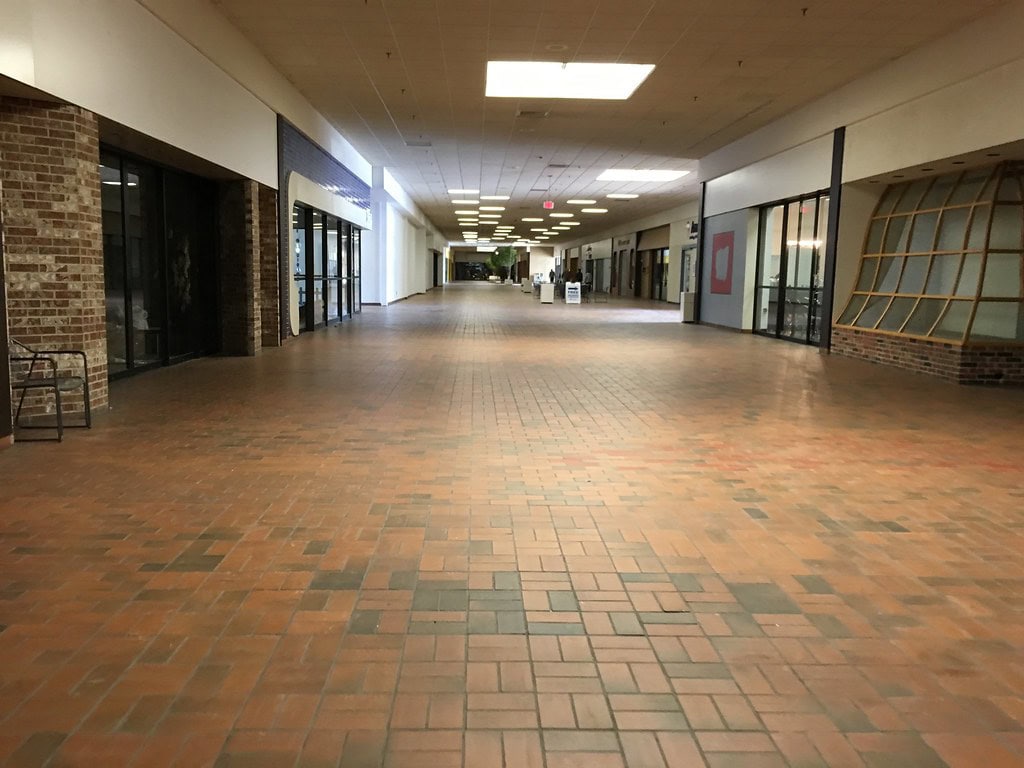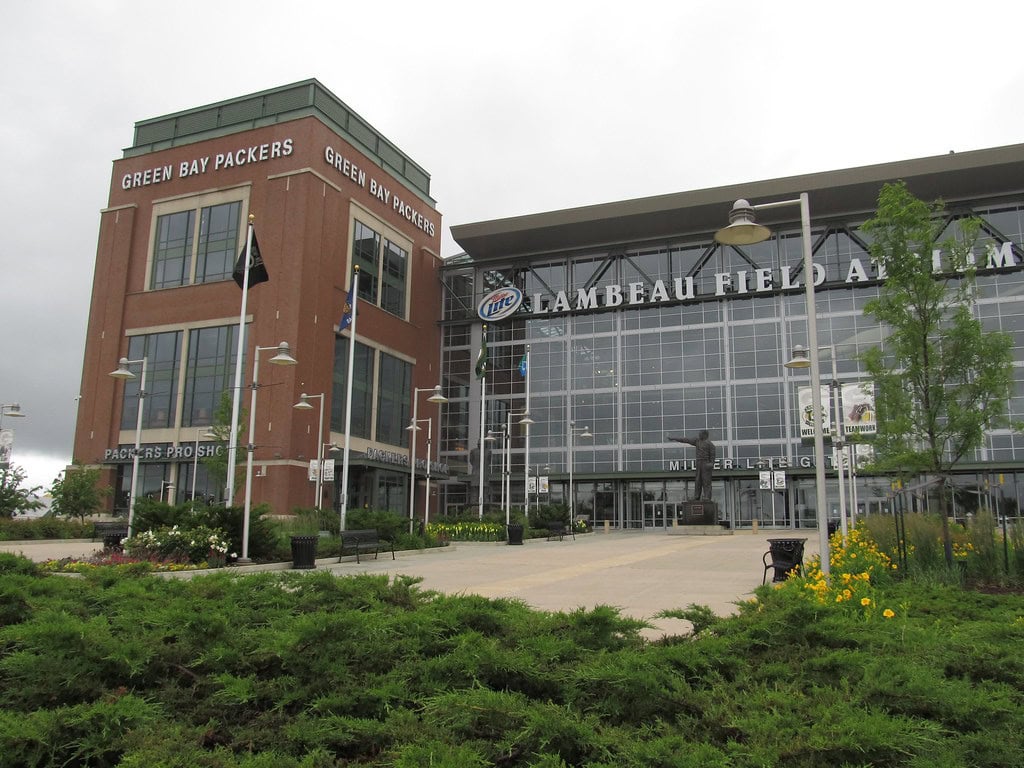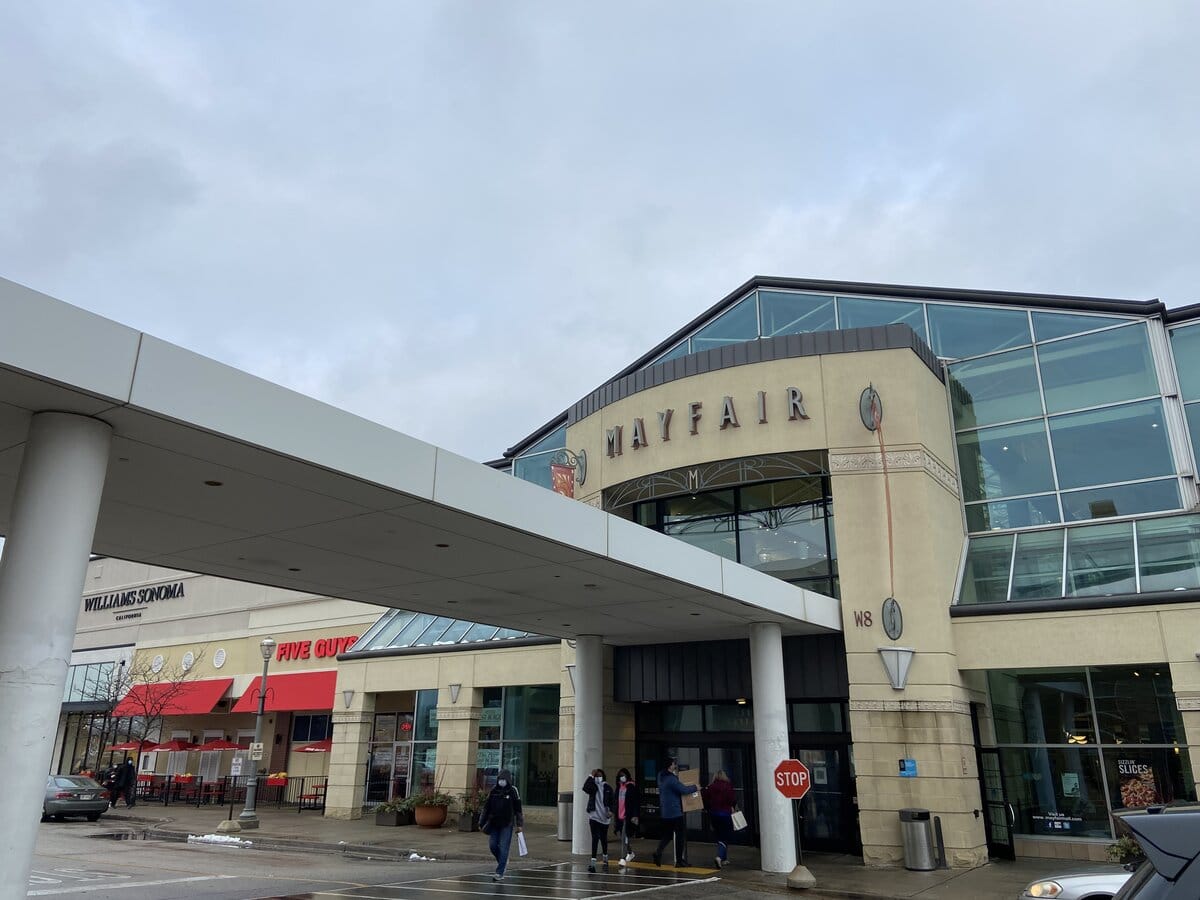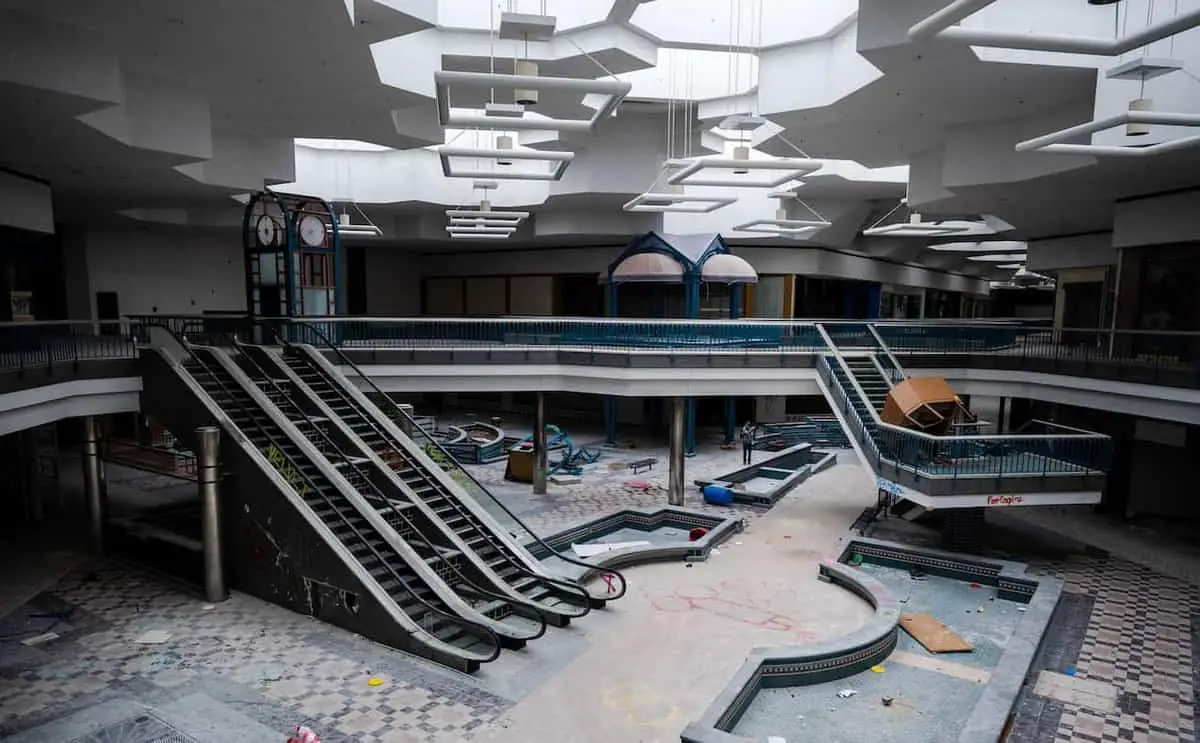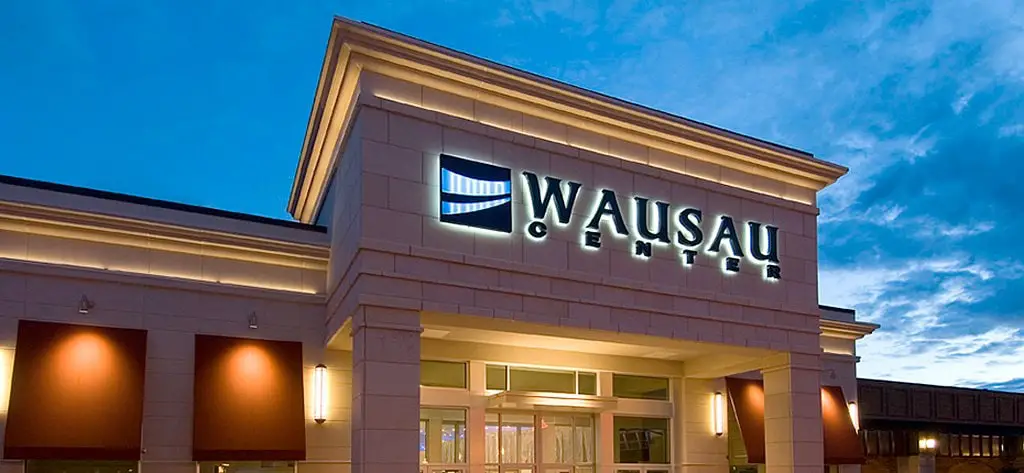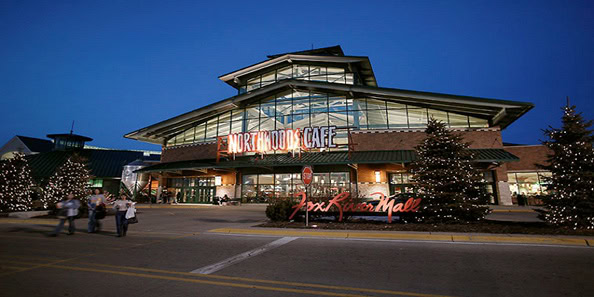When Malls Were the Weekend
For anyone who grew up in Sheboygan before 2000, Memorial Mall wasn't the background. It was where you got your haircut, bought a gift, and wandered through JCPenney without needing to buy anything.
You could drop off your car at Firestone and walk through Sears to kill time.
The flooring changed over the years, but the hum of the place stayed familiar until the gaps between tenants started spreading like missing teeth.
By the time demolition signs went up in 2017, the mall was already mostly quiet. What replaced it isn't empty, but the rhythm is different now.
Former Memorial Mall still sits at 3347 Kohler Memorial Drive, just off the expressway - only now, it's anchored by Meijer, and the former corridors are parking lot islands. It's a case study in commercial reuse, with a past full of numbers and pivots worth tracing.
Lease-Up and Launch - Memorial Mall's Original Retail Package
The development came from Melvin Simon & Associates, who started site work in mid-1968.
Before the mall had a roof, it had a flagship tenant: JCPenney.
At 160,000 square feet, spread over two levels with an auto center out front, Penney's build was the largest local department store footprint at the time.
Goodyear Auto Center also came in early and eventually relocated within the same building decades later.
G.C. Murphy and Red Owl followed. Both were chain additions, fitting the 1970 retail mold.
H.C. Prange opted out of relocating from downtown, a choice that would isolate it as competitors moved in.
The mall's full public debut came in April 1970, with over 35 units open.
Sears, the third anchor, held back a few extra months and opened its 80,000-square-foot space in November 1970.
At the time, Memorial Mall ranked as the largest enclosed shopping property in east-central Wisconsin.
For anyone looking for things to do in Sheboygan, Wisconsin, in the 1970s, this was the logical stop.
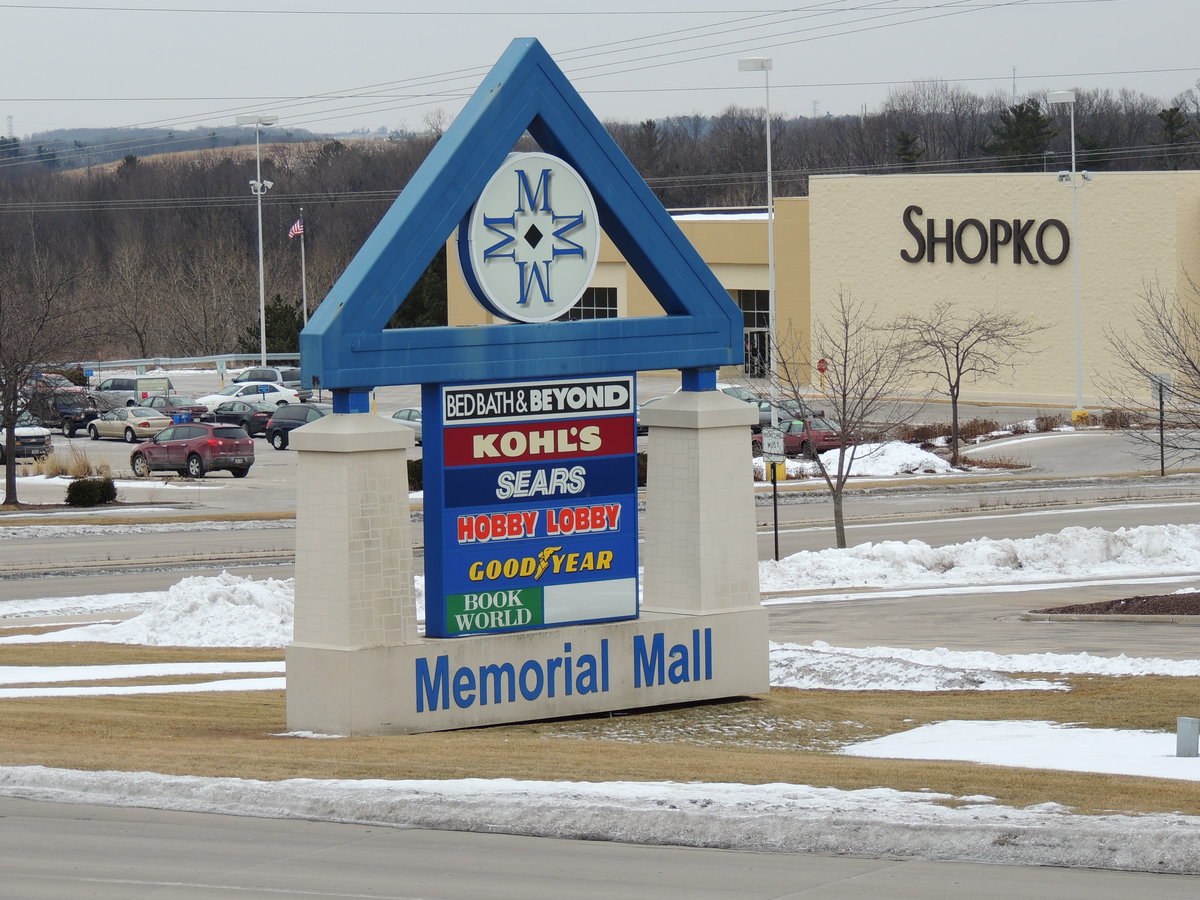
Tenant Rotation and Access Loss - How Memorial Mall's Layout Lost Its Pull
Memorial Mall had early momentum, but the traffic patterns underneath it started to shift.
When Wisconsin converted Kohler Memorial Drive into a freeway in the late 1970s, the mall lost its direct access route.
Shoppers had to rely on surface roads, which meant more turns, more stoplights, and fewer impulse visits.
That kind of change doesn't show up in tenant brochures, but it affects leases all the same.
Then came Taylor Drive. In 1985, the road was extended, and WI 28 was rerouted from Indiana Avenue to Washington Avenue.
That move opened up large, developable tracts, and new retail followed fast.
Memorial Mall now had competition from shopping centers built on newer layouts, with cleaner access and better visibility.
Inside the mall, anchor shifts followed the trend.
After G.C. Murphy closed, Kohl's bought the space in 1983 and overhauled the layout.
Their renovation in the mid-2000s brought it in line with modern retail formats.
Smaller shops turned over more often by the early 1990s, and what had once been predictable foot traffic began to scatter.
The center was no longer the only place in town for national chains or branded retail.
Vacancy and Valuation Drop - The Collapse of Tenant Stability
JCPenney's departure in 2001 cut into the building's square footage and predictability.
Hobby Lobby filled the first floor of the space but tore out the escalator and did not retain full use of the second level.
The layout became more fragmented and harder to lease in pieces.
Walgreens also left the property in 2001, shifting to a stand-alone store near the WI 23/28/42 junction.
That move pulled both pharmacy traffic and a regular stream of utility shoppers. After that, the gaps got harder to fill.
The old Goodyear space was handed off to Bed Bath & Beyond, which operated with a mall door but no direct access inside the center.
Other areas, like the vacant Walgreens, were occasionally used for charity events but stayed largely unleased.
By 2012, the value had dropped far below the amount owed.
The mall was sold at a sheriff's auction for $2.1 million, with Bank of America taking control.
At that point, retail square footage alone wasn't enough to make the property work.
Without a full anchor mix and with less customer flow, it drifted closer to liquidation than a turnaround.
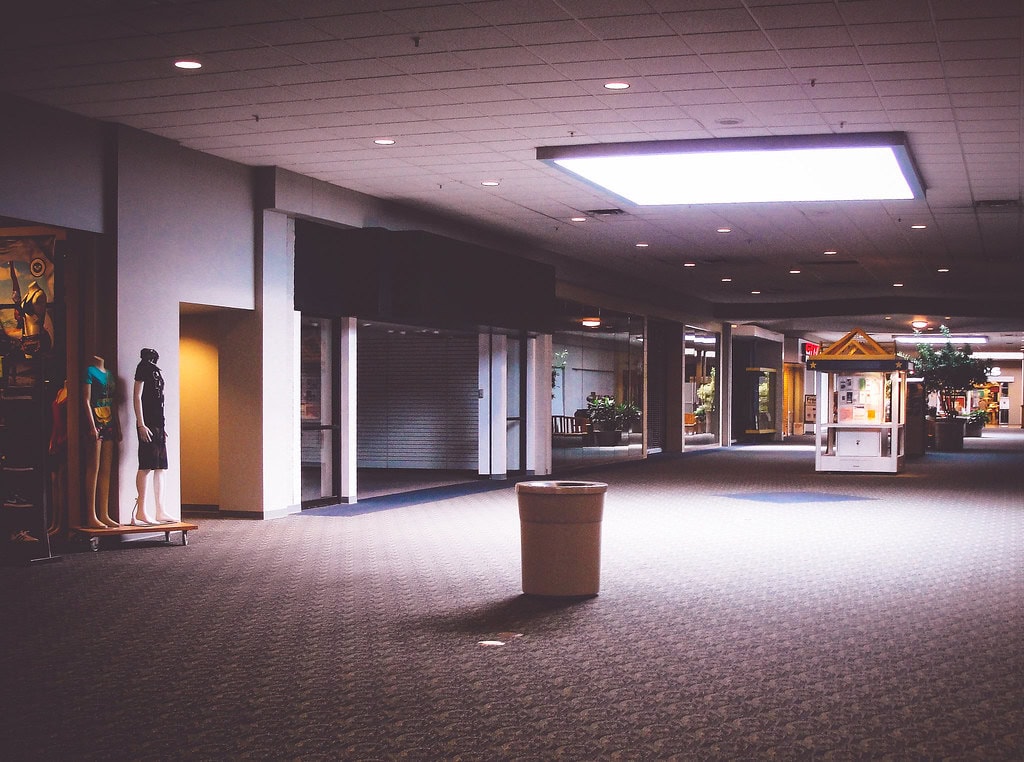
Pre-Demolition Leasing Freeze and Tenant Wind-Down
Sears had been shedding locations across the country, and in early 2014, it became clear that Sheboygan's store would be among them.
The announcement was folded in both the main retail floor and the auto center.
The company transferred operations to a franchised Sears Appliance and Hardware Store at Washington Square, but stripped out apparel and large appliances well before the Memorial Mall doors closed.
Hobby Lobby didn't last much longer. They wrapped up their last Christmas season and shut down on January 14, 2017.
By mid-2017, the mall was barely operating. Diamond Dave's, the only food tenant still in place, closed in May 2016.
Bath & Body Works followed in April 2017. GNC and the arcade both cleared out by the end of that summer.
That left six tenants out of 48 total spaces.
When Burlington Northern's property division handed control to Meijer, the plan was to let leases expire quietly.
No abrupt evictions. But the message was clear: everything from the old core was temporary.
On July 30, 2017, the interior mall locked its doors for good.
Prep work for demolition started the next morning, first with asbestos surveys and then with construction fencing.
Site Control and Retail Rebuild Under Meijer
Meijer had been expanding across Wisconsin and wanted a Sheboygan location close to the main roadways.
They paid $10.75 million for the Memorial Mall parcel on March 17, 2015, acquiring both the mall itself and the adjacent Sears property.
The strategy was simple: preserve the viable tenants on the outer edge and raze the rest.
Demolition started on October 11, 2017. The Penney's box, which had already been gutted, was one of the first structures to go.
The Sears wing and center court came down next.
The remaining Kohl's footprint and a strip of four small stores in front stayed operational through the construction phase.
New walls were framed in to seal off old passageways, and entrances were rebuilt with exterior access in mind.
Meijer's new store opened on April 25, 2019.
The project added a Meijer Express fuel station, plus leaseholds inside for Starbucks, Kohler Credit Union, and Froedtert urgent care.
Meijer owned both the land and its building, which gave them more control over the site layout.
The formerly enclosed corridor was now a parking lot loop, and tenant access was fully street-facing. The indoor mall concept was gone.
Outlot Retail and Service Buildouts Post-Redevelopment
After Meijer opened, development activity didn't stop at the main building.
The outlots were parceled off quickly, and by October 25, 2019, Panera Bread launched its new store near the perimeter, operating as a stand-alone unit with drive-thru access.
It was one of the earliest post-rebuild tenants to open in a new structure, not a retrofitted shell.
Inside Meijer, the space carved out for services turned over sooner than expected.
Froedtert operated an urgent care center for a short time but closed the location during the pandemic due to spatial constraints.
The medical footprint shifted elsewhere in Sheboygan, several miles from the mall's property line.
Kohler Credit Union, however, retained its in-store presence beyond 2020.
Starbucks, also located inside Meijer, continued to draw traffic without the need for an external-facing unit.

Lease Turnovers and Vacancy Shuffles After 2020
When Bed Bath & Beyond closed its Sheboygan store in spring 2022, it wasn't a surprise.
The brand had already cycled through several national downsizing rounds, and the Memorial Mall property was part of that list.
The lease structure left the door open for another tenant, and by the fall of 2024, Burlington had moved into the same building.
No major construction was needed - the unit already matched Burlington's preferred square footage and frontage.
The smaller tenant corridor in front of Kohl's thinned out as well.
Shabree Jewelers closed at the end of its lease in 2019, and Claire's didn't renew after the 2018 holiday season.
By 2025, only a tailoring shop remained from the original tenant roll.
It operated in a converted inline space with direct access from the lot.
Just a door, a sign, and the square footage under one name.
Memorial Mall isn't part of Sheboygan's skyline anymore, but the way it shaped local retail habits still shows.
What stood there for decades now sits in memory, marked by anchor names, lease closings, and a layout no developer would draw today.
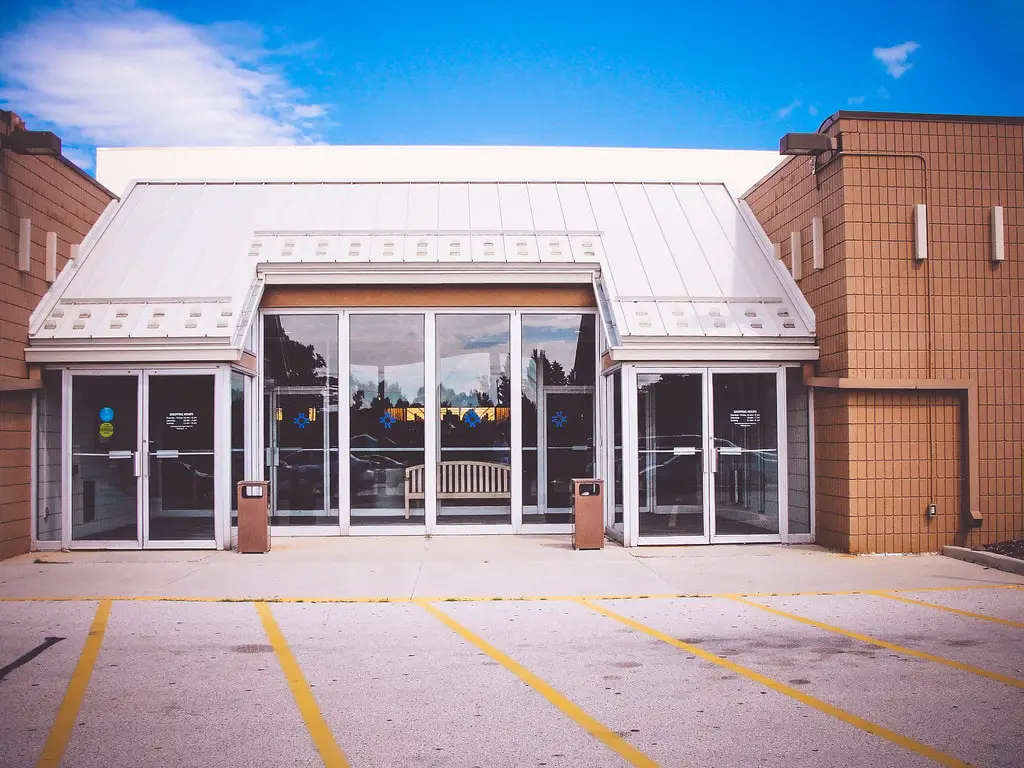
🍀

